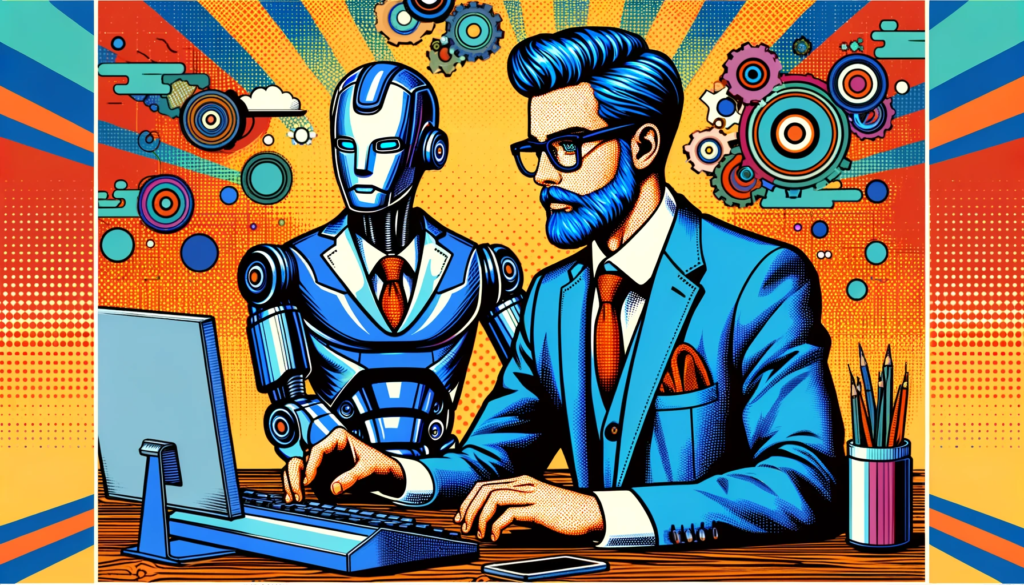The term “Web3” has been buzzing around the digital world with increasing frequency. But what exactly is Web3? In this piece, we’ll break it down into simple terms, making it easy for anyone to grasp. So let’s dive in and demystify the concept of Web3.
What is Web3?
Web3 is often referred to as the next generation of the internet. In contrast to Web2, which is the current version of the internet that we’re all familiar with, Web3 brings a decentralised approach to online interactions. It represents a significant shift in how data is created, stored, shared, and owned on the internet.
Web3 vs Web2: What’s the Difference?
Web2, the internet as we know it today, is dominated by large companies like Google, Facebook, and Amazon. These companies provide us with free services, like search engines, social media platforms, and online marketplaces, but at a cost. They collect our data, control the information we see, and profit from our online activities.
Web3 aims to disrupt this centralised model. Instead of data being controlled by a few large companies, Web3 leverages blockchain technology to decentralise data ownership and control. This means that users have direct control over their own data and can interact directly with each other without the need for intermediaries.
Key Features of Web3
There are several key features that set Web3 apart from the current internet:
- Decentralisation: Web3 uses blockchain technology to decentralise the internet. This removes the need for central authorities or intermediaries, giving individuals more control over their own data.
- Interoperability: In the Web3 world, different websites, applications, and services are designed to work together seamlessly. This interoperability facilitates a more integrated and user-friendly internet experience.
- Data Ownership: One of the major shifts with Web3 is the concept of data ownership. In the Web3 model, users own their own data and have control over how it’s used and shared.
- Smart Contracts: Smart contracts are self-executing contracts with the terms of the agreement directly written into code. These are a crucial part of Web3, enabling trustless, automated transactions between parties.
The Potential Impact of Web3
The shift to Web3 has the potential to significantly change the way we interact with the internet. It promises to give individuals greater control over their data, offer enhanced privacy and security, and create opportunities for new business models and applications.
While Web3 is still in its early stages, the impact of its core principles is already evident in areas like decentralised finance (DeFi) and non-fungible tokens (NFTs). As development continues, we can expect to see even more innovative applications emerge.
Embracing the Web3 Revolution
Understanding Web3 is the first step towards embracing this new digital revolution. As we move towards a more decentralised, user-centric internet, it’s crucial to stay informed and understand the potential opportunities and challenges that Web3 presents. Web3 is not just an upgrade to the existing internet—it’s a new way of thinking about how we create, share, and interact with data online. It’s the future of the internet, and it’s happening now.

